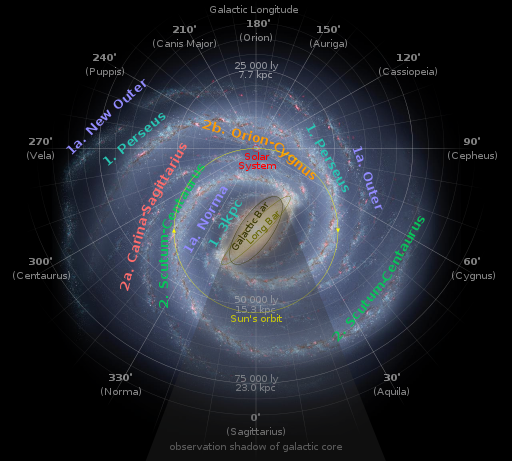
If today is really Pi Day, it would never end.
I own a coffee mug that I only use to drink hot tea (or water) out of at work. Most of the time it’s a light-absorbing black nondescript mug hiding in my overhead cabinet above my desk. Yet each workday, shortly after I arrive, I grab some tea and pour in some hot water and my morning transforms as the heat transfers to the mug and a bright red cup appears with the following image greeting me:

Why is Pi so lucky in love?
— Because its love is infinite and non-repeating.
In an effort to celebrate international “Pi Day” today, I thought about scheduling this post for 15:09:26 (central time zone) this afternoon – 3.14.15.09.26. But I’m too impatient for that so you will get this post much earlier in the day on Saturday the 14th of March, 2020. I got this idea from a WikiHow post on how to celebrate Pi Day and here’s the relevant excerpt:
Celebrate at 1:59 PM on Pi Day. This time represents the next three digits of pi: 3.14159. Take a minute to acknowledge pi in whatever way you see fit at that moment During this minute, you can cheer wildly, or even have a countdown leading up to “pi minute” the minute before.
- For added effect for a countdown, have a “pi drop” where you drop a big pie off a balcony or another elevated structure. You can even add a lot of sprinkles to the pie to make it look like a disco ball.
- If you’ve written a pi song or made a pi dance, this would be the perfect minute to share your art.
- Note that there is some debate regarding the exact time that Pi Day should be celebrated. Though 1:59PM is probably the most common, some believe that the 24-hour clock should be used instead, which would mean that Pi Day should be celebrated at 1:59AM or 15:09PM.
Sadly for my family, I won’t be making any pies today. I might make some sourdough bread (in rounds of course) and possibly a diabetic-friendly round cheesecake for my visiting uncle. Which reminds me, I need to feed my soudough starter.
In parting, I will share on of my update statuses I occasionally post on my work Skype, where I share snarky, nerdy computer, math or tech one-liners. One of my absolute favorites is:
My password is the last sixteen digits of π.

Oh! I almost forgot. Not uncoincidentally, one of my real world book clubs is reading Life of Pi this month! Shocking how these things just randomly and irrationally align (or collide) when a math nerd is instrumental in determining what to read when.
Happy
π
Day!






